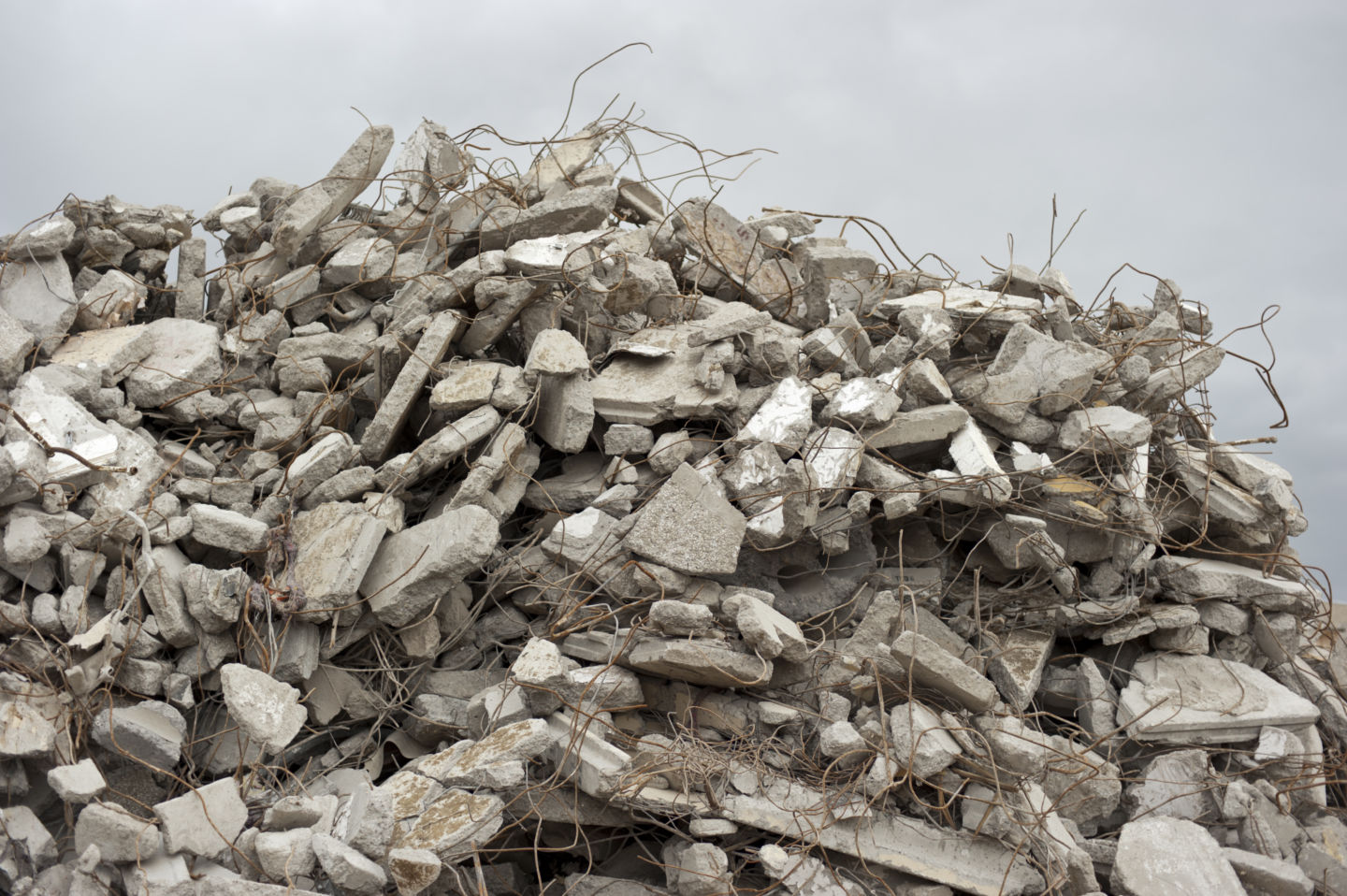July 6th, 2020
Recovery of rubble

First of all, let’s talk about the state of the rubble so that it can be recycled and reused.
They must be very clean. Debris such as wood, plastic, paper, plaster, asphalt, hardware, etc. hinder the process.
In some Brazilian cities there are collection points for debris that cannot be disposed of in a conventional manner.
Recycling is usually carried out by sorting, crushing and classifying materials. Reuse can be carried out on the job site, eliminating logistics costs.
Impact of rubbish reuse
Civil construction is responsible for more or less half of the use of
natural resources consumed by society. The production of waste from the
construction in large cities is much larger than that of urban waste, in the general.
In order to reduce environmental impacts, it is important that the sector complies with its environmental responsibility. One of the actions to Environmental responsibility is waste management through the Civil Construction Waste Management Program (PGRCC).
Why is it important to recycle?
The recycling of this type of material has a positive effect in reducing greenhouse gas emissions – emitted by the construction sector – already that it is responsible for about a third of the gases released into the Earth’s atmosphere.
Reuse reduces deforestation in areas with quarry, saves water resources, avoids disposal in rivers and generates income for the needy.
The processed rubble can be applied to pavements, paving rural roads, blocks, park benches, foundation fillings, floors and screeds, posts and much more.
All of this, in addition to helping the environment, brings long-term financial benefits. And, for success to be complete, use DRYKO products, which go to help you have even more successful works.



 (11) 2088-5701
(11) 2088-5701